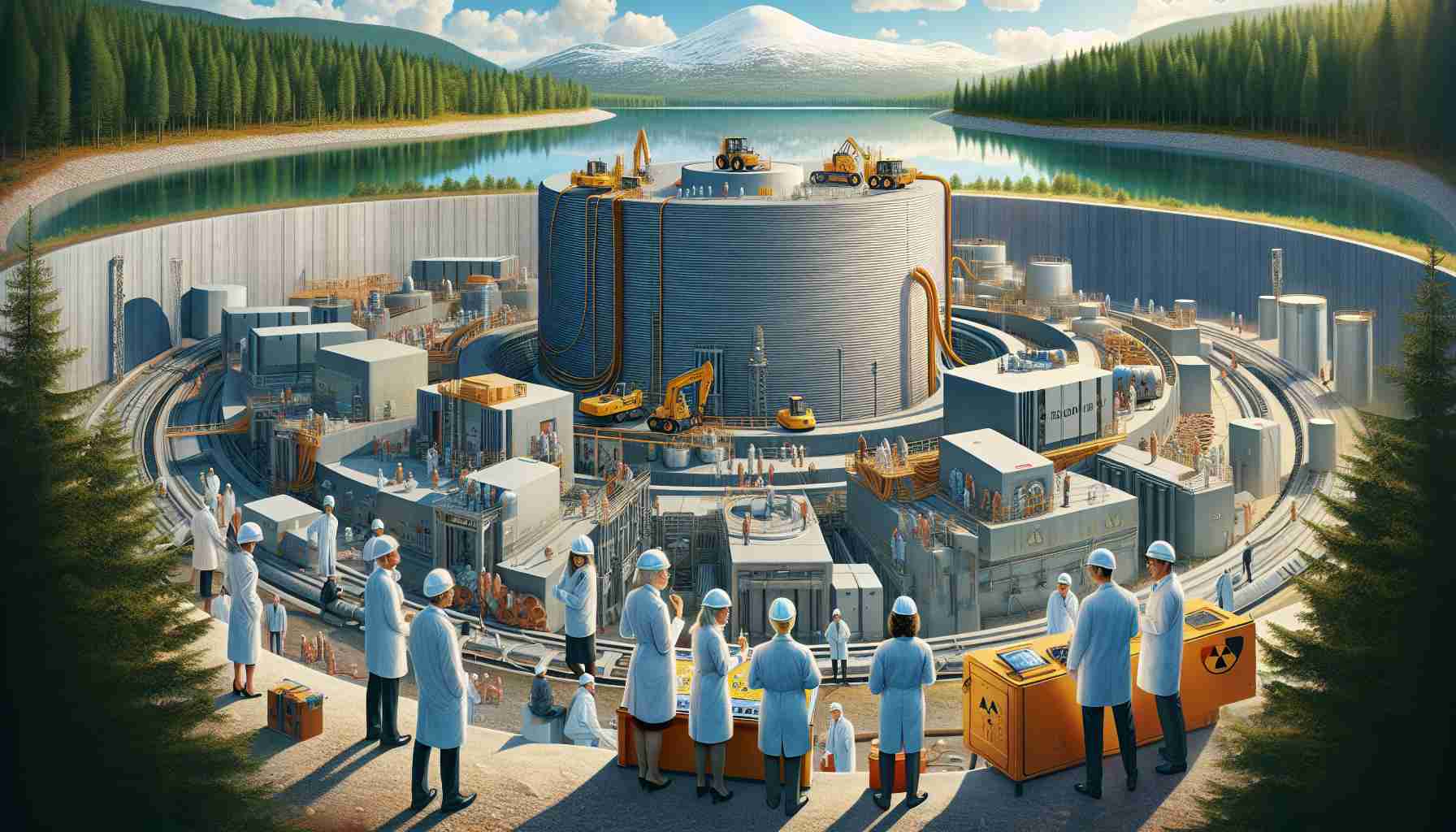- The Japanese Family Farmers’ Movement, Nouminren, is actively opposing the government’s plans to revive nuclear energy through the 7th Basic Energy Plan.
- The movement draws on past traumas, notably the 2011 Fukushima disaster, to demand halts to nuclear power and compensation for affected communities.
- Farmers emphasize food sovereignty and the protection of farmlands, deeply affected by nuclear fallout and court rulings on nuclear plant operations.
- Nouminren advocates for renewable energy sources, including wind and solar, as safer and sustainable alternatives to nuclear energy.
- The movement highlights the need for both remediation of contaminated areas and preventive measures against future environmental hazards.
The quiet determination of the Japanese Family Farmers’ Movement, or Nouminren, recently transformed into a powerful call to action. In December 2024, hundreds gathered outside the Prime Minister’s residence, fueled by a deep-seated mistrust of nuclear energy. Their unified voice sought to thwart government plans to breathe life back into dormant nuclear plants through the proposed 7th Basic Energy Plan. With visceral memories of the 2011 Fukushima disaster lingering, these farmers demanded not only halts to nuclear revival but also long-overdue compensation for past sufferings.
Amid lush imagery of verdant fields turned into battlegrounds, Nouminren’s leaders painted a vivid portrait of the fight for food sovereignty and farmland protection. A decade ago, hopes were dashed when a court ruling closed the chapter on the Ōi Nuclear Power Plant, echoing similar sentiments in today’s demands.
Farmers like Takashi Nemoto, the chairman, lament the government’s short-term aspirations that overshadow grave risks. The memory of radioactive isotopes seeping into the soil, rendering their sustenance harmful, ignites the movement’s fervor. The tragedy of the Fukushima Daiichi plant stands as a stark reminder of human folly in the face of nature’s power.
As Japan aims to escalate nuclear energy’s role to fuel industrial growth, the implications are profound. Farmers argue for renewables, championing wind and solar as bastions of sustainability. Nouminren’s insistence on robust support and inclusion of regions still marred by contamination speaks volumes. They advocate not only for remediation but for visionary prevention.
This ongoing demonstration is a poignant testament to humanity’s connection to the land, a rallying cry to never repeat the mistakes of the past. The struggle underscores a broader truth: the fight for environmental integrity cannot wait.
Japanese Farmers vs. Nuclear Energy: A Movement for Sustainable Future
How-To Steps & Life Hacks
1. Understand the Movement: To support or engage with movements like Nouminren, start by researching their history, objectives, and current actions.
2. Engagement: Attend rallies or events organized by the group if possible, and follow them on social media for updates.
3. Advocacy: Utilize personal or community platforms to spread awareness about the importance of renewable energy and environmental sustainability.
4. Educate Others: Host local workshops or discussions on renewable energy benefits and the dangers of nuclear energy, drawing from historical events like Fukushima.
Real-World Use Cases
– Renewable Energy Implementation: Look into successful models in countries like Germany and Denmark, where renewable energy sources like wind and solar have been mainstreamed into national grids.
– Community-Led Renewable Projects: Communities can initiate and manage solar or wind power projects to reduce reliance on national grids.
Market Forecasts & Industry Trends
The renewable energy sector is growing rapidly and is expected to continue expanding. According to the International Energy Agency (IEA), renewable electricity capacity is expected to rise by over 60% from 2020 to 2026, reaching more than 4800 GW. This growth is driven largely by solar and wind energy.
Reviews & Comparisons
– Renewable Energy: Generally safer, with lower environmental impact compared to nuclear energy. Provides long-term, sustainable solutions without radiation risks.
– Nuclear Power: Generates significant energy with minimal greenhouse gases but poses risks of catastrophic failure and long-term waste disposal issues.
Controversies & Limitations
Nuclear Energy
– Risk: The potential for catastrophic accidents, such as Fukushima or Chernobyl, remains a significant concern.
– Waste: Disposal of nuclear waste poses environmental hazards with no permanent solution yet.
Renewable Energy
– Intermittency: Solar and wind energy are weather-dependent.
– Storage: Current battery and storage technologies are expensive and in constant development.
Insights & Predictions
The global shift towards renewable energy is likely to shape the next decade’s energy strategy, emphasizing sustainability and reducing carbon footprint. Regions historically dependent on nuclear could witness transitions driven by grassroots activism.
Actionable Recommendations
– Support Legislation: Advocate for policies that encourage renewables and provide remedies for communities affected by historical nuclear activities.
– Invest in Renewables: Consider personal investments in solar panels or community energy initiatives.
– Educate and Volunteer: Get involved with or volunteer for environmental organizations focused on sustainable energy practices.
For more information on global energy initiatives, visit IEA
By understanding and advocating for sustainable energy solutions, individuals and communities can play an active role in shaping a safer and more sustainable future.
The source of the article is from the blog macholevante.com













